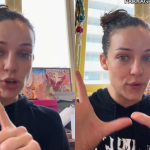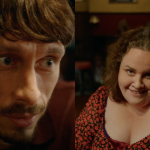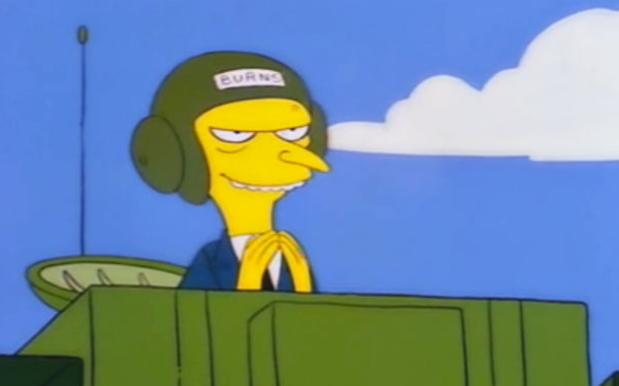
The independent public policy think tank The Australia Institute has today released their report on ‘income and wealth inequality in Australia’ and it makes for a bloody interesting read.
Did you know the combined wealth of 1,730,000 Australian homes in “the bottom 20 per cent” is less than the wealth of our country’s seven richest individuals?
Turns out wealth inequality in Australia is even worse that income inequality and chances are, if you’re starting from the bottom, you won’t end up anywhere even close to ‘here.’
If you’re not overly jacked on reading the whole report, here are a few choice chunks that outline the most interesting/frustrating bits:
Straight up the report is not glowing in its assessment of the political response to our wage gap.
“Despite consistent public support for reducing inequality, the government is currently seeking to reduce income support. In fact, in recent months the Abbott government has begun to argue that inequality is not just unavoidable, but also beneficial. Rather than use the welfare system to redistribute income, the government is seeking to ensure that welfare payments grow at a significantly slower rate than wages. The result will inevitably be an even bigger gap between those with the most and those with the least.”
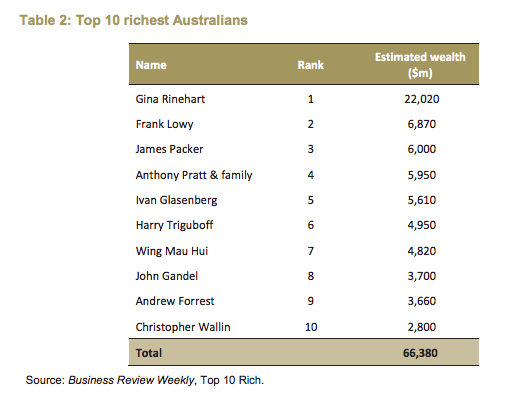
Do Australians give a shit?
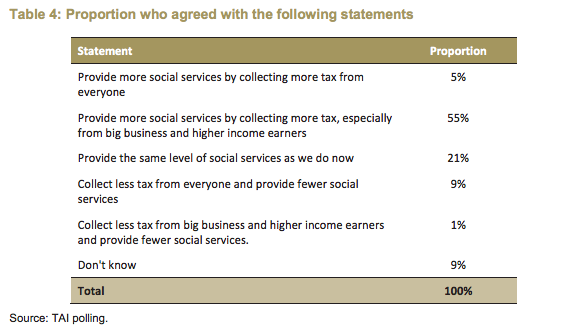
Most Australians do give a shit.
The average level of wealth in each group:
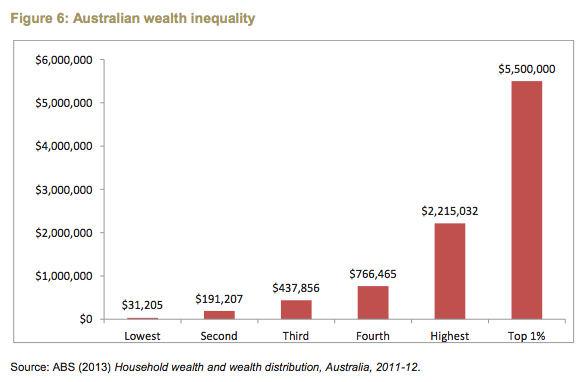
On executive pay.
“The Productivity Commission report on executive remuneration reveals that the average pay packet among the top 20 CEOs in Australia is almost $10 million, 150 times more than average weekly earnings at the time.”
On where the ca$h is coming from.
“As we move up the income scale wages become a dominant source of income, accounting for 90 per cent or more of incomes in the middle-to-upper income ranges, from about $50,000 to almost $100,000 per annum. However, wages and salaries fade away beyond that range and account for only a bit over 20 per cent of incomes for the top one per cent of the income distribution.”
On low-income earners and democracy.
The report outlines research done by Larry Bartels on voters in the US and the tendency of lower-income groups to vote against their interests. Basically, it found that rich people can put pressure on their mates in government to force change in areas that benefit them, poor people cannot.
“The disengagement of lower-income groups means that they can be manipulated by Republicans, who know that the poor and lower-income groups have short memories and will respond to last-minute Republican measures and promises.”
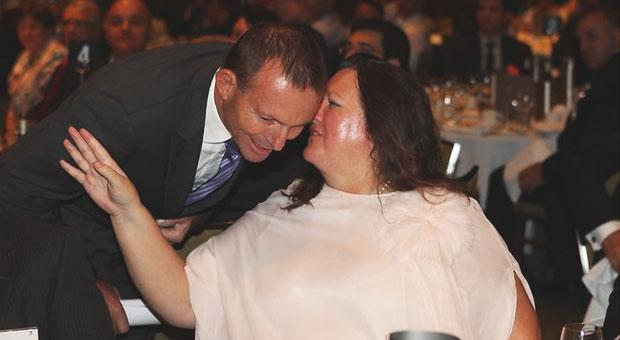
Unrelated.
“Other international comparative research, including Australian date, shows that with greater income inequality people are less satisfied with the way democracy works and the residents of these countries are less trusting of their politicians and parliaments.”
On gender inequality.
“Inequality is not evenly distributed. Some demographic and geographic groups experience much higher levels of absolute and relative inequality. Similarly, policies to reduce inequality will deliver greater benefits to some groups and come at a higher cost to others. For example, as women are over-represented among low-income earners and are underrepresented among high-income earners they, as a group, tend to benefit from redistributive policies and fare poorly when governments cut taxes and benefits.”
On the geographic concentration of low-income and high-income earners.
WHERE ALL MY LOW-INCOME EARNERS AT?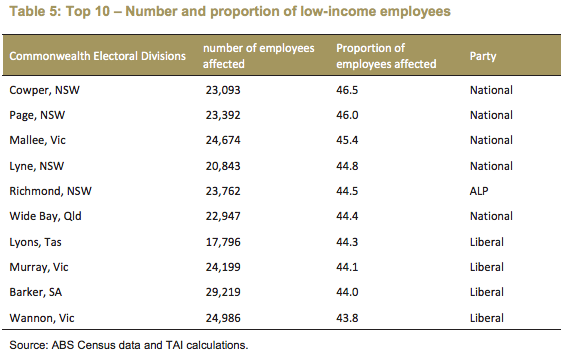
WHERE ARE MY HIGH-INCOME EARNERS AT?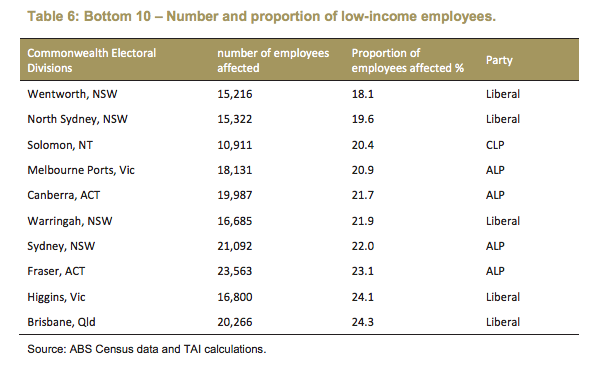
In conclusion.
“The nature and extent of inequality is the choice of policy makers. We know how to reduce it and we know how to exacerbate it. Despite the fact that the Australian public expresses a strong desire to reduce inequality, successive governments have done little in recent years to reduce it and much to increase it. To conclude, tackling poverty is primarily a political problem, not an economic problem.”
The good news amongst it all being that public revulsion and outrage, when it comes to huge wealth inequality can lead to changes; as was seen during the ‘We are the 99%’ rallies that were so three years ago.
The solutions exist and we, the Australian people, just need to make sure our politicians are reminded of that.
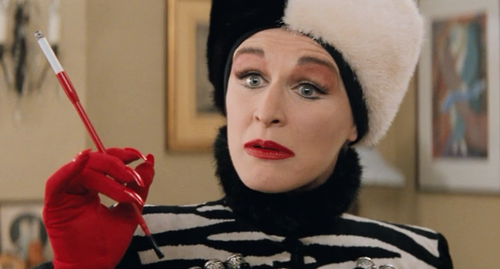
The full report can be found HERE.


